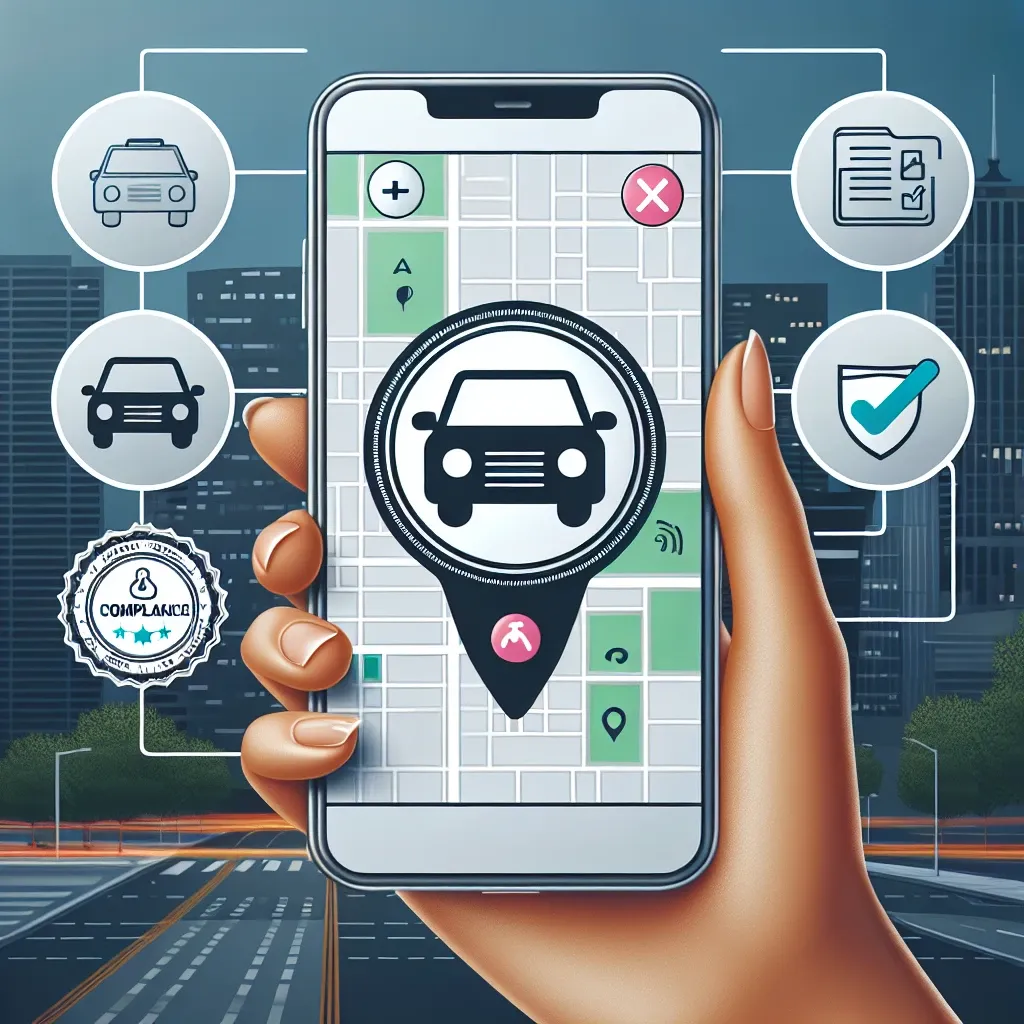Introduction
In recent years, the ride-hailing industry has witnessed significant innovations aimed at improving user experience and safety. One of the most notable trends is the integration of car-seat availability filters and compliance certifications into ride-hail applications. This advancement is particularly crucial for families with young children, enabling parents to make informed decisions about their transportation options. In this article, we will delve into the implications of these new features and their importance in today’s ride-hail ecosystem.
The Evolution of Ride-Hail Services
Since their inception, ride-hail services have transformed urban transportation. Initially focused on convenience and affordability, these platforms now prioritize safety and inclusivity. This shift is largely driven by public demand and regulatory pressures. With a growing emphasis on child safety, ride-hail apps are taking significant steps to address the needs of families.
Understanding Car-Seat Safety
Car-seat safety is a paramount concern for parents. According to the Centers for Disease Control and Prevention (CDC), motor vehicle crashes are a leading cause of death for children. Ensuring that children are safely restrained in appropriate car seats is critical. The introduction of car-seat availability filters allows parents to quickly identify which vehicles are equipped with the necessary safety measures.
Compliance Certifications: A New Standard
The introduction of compliance certifications represents a new standard in the ride-hail industry. These certifications ensure that vehicles meet specific safety requirements for transporting children. By integrating these certifications into their platforms, ride-hail apps can provide peace of mind to parents, knowing that their chosen ride complies with safety regulations.
Benefits of Car-Seat Filters and Compliance Certifications
Enhancing User Experience
Car-seat availability filters streamline the booking process for parents. Instead of having to inquire about car-seat options, users can filter rides based on their needs. This feature not only saves time but also reduces stress for families in a hurry.
Boosting Safety and Compliance
Compliance certifications signify that a ride-hail company is committed to adhering to safety regulations. This not only fosters trust among users but also encourages companies to maintain high standards across their fleet. Furthermore, it creates a competitive advantage for those companies that prioritize child safety.
Addressing Regulatory Requirements
As regulations surrounding child passenger safety continue to evolve, ride-hail apps must stay ahead of the curve. By adopting compliance certifications, these companies can proactively address legal requirements, reducing the risk of penalties and enhancing their reputation.
Challenges and Considerations
Implementation Costs
While the benefits are clear, integrating car-seat filters and compliance certifications can pose challenges. The initial implementation costs may be significant, particularly for smaller companies. Furthermore, ongoing training and vehicle modifications may also require financial investment.
User Education
Even with these features in place, educating users about the importance of car-seat safety is crucial. Parents must understand how to select the appropriate car seat based on their child’s age and size, as well as how to properly install it. Therefore, ride-hail apps must not only provide tools but also resources and information to empower users.
Future Predictions
As the ride-hail industry continues to evolve, we can anticipate further developments in child safety features. Here are a few trends to watch:
- Increased Customization: Future updates to ride-hail apps may allow for further customization, enabling parents to specify their unique needs beyond just car seats.
- Collaborations with Safety Organizations: Partnerships with child safety organizations could enhance the credibility of compliance certifications and provide users with reassurance.
- Advanced Technology: Innovations such as AI-driven monitoring systems may emerge, providing real-time feedback on car-seat installation and safety.
Real-World Examples
Several ride-hail companies have already begun implementing these features. For instance, one major app recently announced that it would roll out a car-seat filter that allows parents to select rides with proper car-seat installations. Another company has partnered with child safety experts to develop a certification program that ensures vehicles meet stringent safety standards.
Conclusion
The addition of car-seat availability filters and compliance certifications in ride-hail apps marks a significant step towards making transportation safer for families. By prioritizing child safety, these companies not only enhance user experience but also align with evolving regulatory standards. The future looks promising, with continued innovations expected to shape the landscape of ride-hailing services for families. As awareness about these features grows, more parents will likely embrace ride-hail options, knowing their children are in safe hands.

Leave a Reply